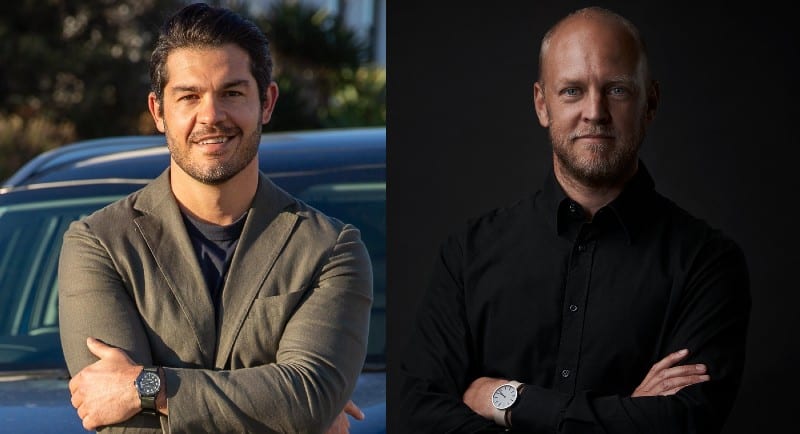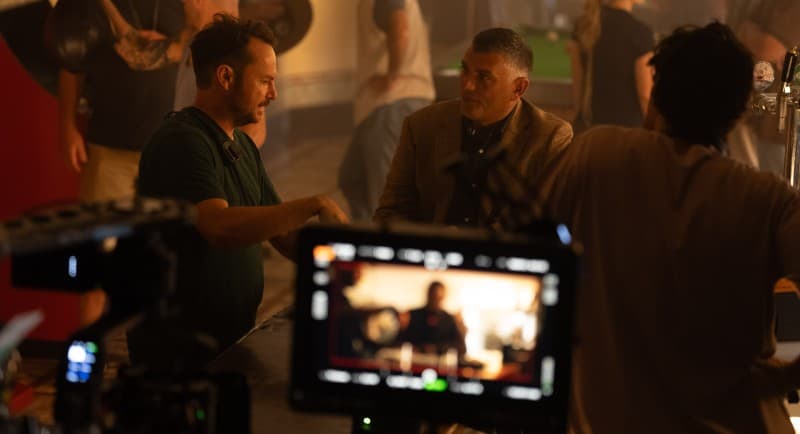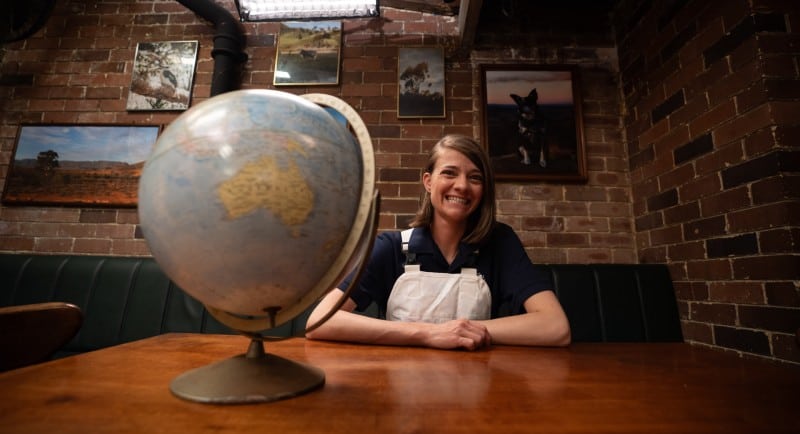The enduring power of the big ad has captured the CMO’s imagination once again, this time with Kia behind the wheel.
Last week, the car manufacturer announced its entry into the fiercely competitive Australian ute market with a blockbuster campaign, which has since “taken on a life of its own,” Kia’s general manager of marketing, Dean Norbiato, tells Mediaweek.
Norbiato reports the campaign has generated over 1.3 million organic views and 82 million media impressions in just four days.
Yet Wesley Hawes, executive creative director of Innocean Australia, the creative agency behind the campaign, says the team never set out to create such a grand affair.
See also: Kia enlists Australian sports icons to name its upcoming ute in latest TVC
“We never really thought we were making a big ad. We just thought we were making something really cool,” says Hawes.
It was only when A Current Affair stationed its team to capture the makings of “the most iconic ad ever in Australia,” (as they told Hawes) that Hawes realised the potential of their production.
Shot on location at the Nelson Hotel, an art deco pub in Sydney’s Bondi Junction, the tongue-in-cheek, Australian-ised spaghetti Western directed by Ariel Martin brings together a cast of 20 Australian sporting icons to debate the name of the new Kia ute through a series of elbow-nudging one-upmanships, foreshadowing the launch of what Norbiato describes as “the most Australian Kia ever.”
With a combined tally of 29 Premierships, four Paralympic gold medals, and 26 Grand Slams, the cast features such titans as Ash Barty, Dylan Alcott, Alexander Volkanovski, Steve Waugh, Darren Lockyer, Buddy Franklin, and John Aloisi.
Not once is a car shown, nor is the final name revealed.
“I’m literally getting physical letters sent by people who were taking their time to say, ‘I think it should be called the Kia Digger,’” says Norbiato, insisting that there was “no intention of the campaign” to evoke such a strong public response; its resonance in the cultural zeitgeist was well beyond the imaginings of his team.
“Creative directors, a creative team, even the suits were getting involved”
With its debut slated for the NRL Rugby League broadcast from Las Vegas, the genesis of the campaign was originally a realisation of Kia’s partnership with the Brisbane Broncos football club.
“Then we felt like, ‘I think this idea could be bigger,’” says Norbiato.
The final work harkens back to a mid-90s and 2000s “go big or go home” mentality, he continues, recalling a time when “big” campaigns dominated, and received a lot of cut-through as a result.
“Whereas at the moment,” he says, “there’s so much noise and diversification of media channels and options. You’re trying to be best practice in every channel, that sometimes we can get bogged down without thinking of the big picture.”
The connection between the new Kia ute and sporting codes works for Norbiato, not just from a demographic-targeting standpoint, but also as a reflection of the brand’s identity and values. “Sports is part of our brand’s DNA,” he says.
As the campaign expanded, it leveraged Kia’s prominent portfolio of sports sponsorships, including its 22-year long partnership with the Australian Open tennis Grand Slam, which was extended in a deal worth $107 million, inked earlier this year.
In terms of the total media and production spend that went into the Getting a Ute campaign, Norbiato claims “it was worth it.”
Still, both Norbiato and Hawes attribute the final scope of the campaign to the serendipitous expansion of the talent pool.
“There was a domino effect of people wanting to get involved,” says Norbiato.
“The more the stars realised they were going to be part of something, the more they wanted to do it,” Hawes adds.
“Even though it was a logistical nightmare, the vibes on set were really good. You’d walk out, and there’d be Scotty Sattler chatting to David Boon chatting to Jessica Watson.”
But despite the star factor, Norbiato wanted to create a campaign that felt “genuine and authentic.”
“What’s more Australian than a good old fashioned Aussie pub, some banter around nicknames and sporting stars that we love? So we brought that trilogy together.”
Hawes remembers the “best gag wins” modus operandi of the Innocean writers’ room that produced the banter-filled script.
“I had creative directors, a creative team, even the suits were getting involved,” says Hawes, attesting that the charm of the final product was also owed to a number of fortuitous “happy accidents,” from casting to quips, many of which were improvised on set by Martin.
“For example, for that John Aloisi gag, we knew we needed a Matilda. We always had the fork gag in our ad, and it made sense for goalkeeper Mackenzie [Arnold] to be the one who saves the penalty kick.”
See also: The halo effect? How broadcasters are elevating women’s sports in the wake of the Matildas
“I think it’s the environment we created where we could adapt and write at speed, and we had the client on board.”
The campaign has been tailored for an omnichannel presence, with around 91 different edits being shot, including separate 30 seconds ads, and a specific Broncos edit.
Kia’s ambition: “Australia is going to be one of the biggest markets”
Kia’s drastic 2021 logo redesign aimed to shatter old perceptions of Kia as a naff, family vehicle brand, and to forcibly reboot the opinions of the general public.
Similarly, the ute campaign aims for broad reach and mass appeal, extending beyond its dominant buying demographic of male tradies in regional and metropolitan areas, to influence the 18-month buying cycle of the broader market it captures.
“The Australian market is a ute market,” says Norbiato. “Top three selling vehicles last year – all utes.”
The go-ahead for the vehicle’s development was granted after years of working with the global team. “And we’re proud to say that Australia is going to be one of the biggest markets for it,” he says.
However, taking on formidable, well-established players in the space like the Toyota HiLux and Ford Ranger, Norbiato says Kia’s challenge was to announce its presence in the market “in a very Australian way”.
“It is the most Australian Kia we’ve ever developed in terms of the ride and handling, the tuning, the performance, the accessories – all have the Australian fingerprints over them.”
In terms of reception, aside from the aforementioned hard metrics, Norbiato points to other early success indicators: receiving emails with opinions on what to name the ute, as well as the sheer amount of “AM radio” discussion it has generated.
“Yes, it’s about the ute, but it’s also showcasing and bringing to life the Kia tone of voice and personality.”
–
Top Image: Dean Norbiato and Wesley Hawes


